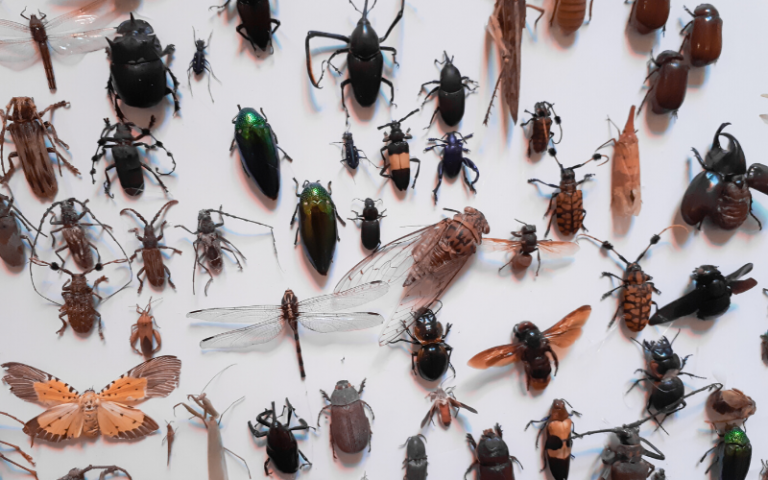Every year in the world, the total mass of insects decreases by 2.5%. And this has been happening for some years now. At this rate, insects could disappear completely within a century. The situation is so serious that the conservationists do not call it 'insect extinction', but even 'insect apocalypse'. Yet, in addition to classic pollution, soil consumption and climate change, a new cause has emerged from more recent studies. Its name is ALAN, which stands for 'artificial light at night'.

Every year in the world, the total mass of insects decreases by 2.5%. And this has been happening for some years now. At this rate, insects could disappear completely within a century. The situation is so serious that the conservationists do not call it ‘insect extinction‘, but even ‘insect apocalypse‘.
If it is true that bees are the most striking example of insects that risk disappearing from planet Earth, the risk of extinction involves all species of insects in the world. Without them, in fact, the ecosystems of the planet would collapse one after the other.
The Causes of Insect Extinction
The main cause for insect extinction is the intensification of agriculture over the last 60 years. In other words, one of the problems is the current model of food production. Other causes include pollution, deforestation, habitat destruction and extensive use of synthetic pesticides and fertilisers. There are also biological causes, such as the multiplication of pathogens and invasive species, also induced by climate change.
All these elements of this “push” to extinction have been identified in 7% of the studies. Yet, in addition to classic pollution, soil consumption and climate change, a new cause has emerged from more recent studies. Its name is ALAN. But what does it mean?
The Role of Light Pollution
ALAN stands for ‘artificial light at night‘. It therefore indicates all the artificial light sources that we keep on at night, unnaturally illuminating the sky and the surrounding environment. Well ALAN, as discovered by the study of Tufts University in Massachusetts, creates a lot of problems for insects. This happens, of course, especially at night. Just to give a few examples, fireflies struggle to find their partner and many moths find death against various lamps and lanterns. In addition, too much light makes any insect species easy prey because it is clearly visible to birds, bats and other predators.
Unlike other forms of pollution, however, light – which currently affects about a quarter of the earth’s surface – is the easiest to counteract. And, above all, it does not leave ‘footprints‘ once solved. Once turned off, in fact, a light leaves no trace of itself. It doesn’t mean that we have to turn off all the night lights all over the world, just that we have to use them wisely and with measure. That is if we don’t want to find ourselves in a world without insects in a hundred years’ time.




